The Range Rover Sport first appeared in 2005 when the demand for SUVs was beginning to grow. At the time they were owned by Ford, the Range Rover Sport had the same chassis as the Discovery, but the interior of the Range Rover. Now the Range Rover Sport is based on the same platform as its big brother, it also inherits the luxurious interior, class-leading off-road capability and an engine lineup which now includes hybrid technology.

Special mention : The sheer luxury of a Range Rover is unsurpassed. Off-roading is superb even on road tyres. 7 degree rear wheel turning makes maneuvers a breeze. Meridian sound system is worth the extra and the infotainment in general is easy to use. Adjustability of the seats and the load height makes things so much easier. Hybrid energy efficient for city commutes leaving the petrol energy for the longer journeys. Powerful Brembo brakes.
Needs work : As it does on many cars, wireless phone charging heats the phone until it needs to turn itself off when using for more than 20 mins. USB-C ports are hidden under the floating front panel/arm rest or in the rear. If you don’t off road regularly, do you really need the extra weight of the all wheel drive.
| BHP 440 HP | Electric / Auto |
| 0-100 km/h in 5.8 seconds | Road Tax €140 |
| Price: €111,400 As specced : €125,340 | Boot space 647 litres Range 84 km |
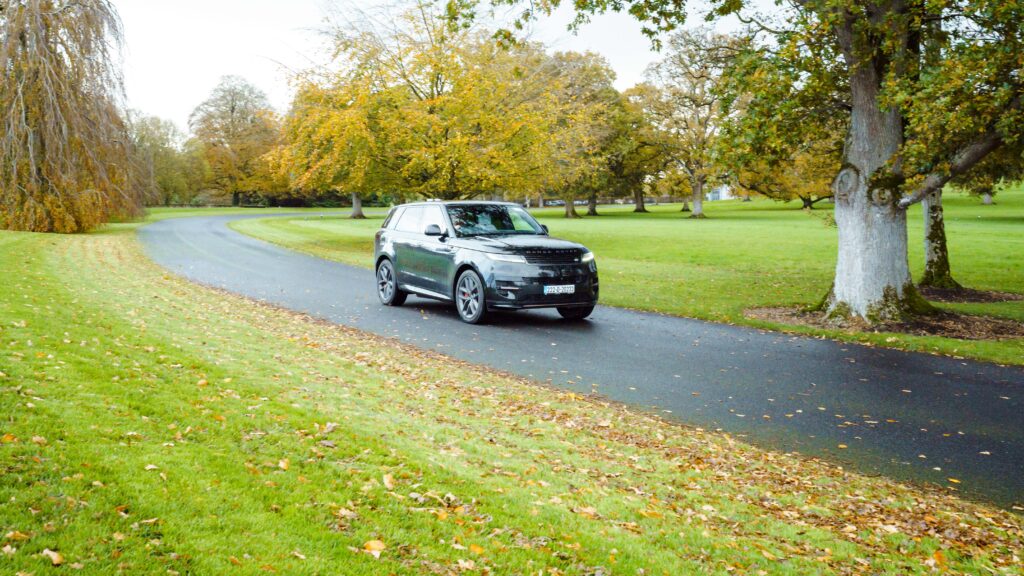
The biggest differences between the two are price and seats; the Range Rover Sport will only come with five seats and the Range Rover will soon come with seven. The competition comes in the form of Volvo’s XC90 Recharge T8, Porsche Cayenne S E-Hybrid, Audi’s Q7 e-tron and the BMW X5 xDrive40e. The hybrid Range Rover Sport has a max charging speed of 50kW, getting from 0-80% in under an hour using a capable charger or 0-100% in five hours from a 7kW home charger.
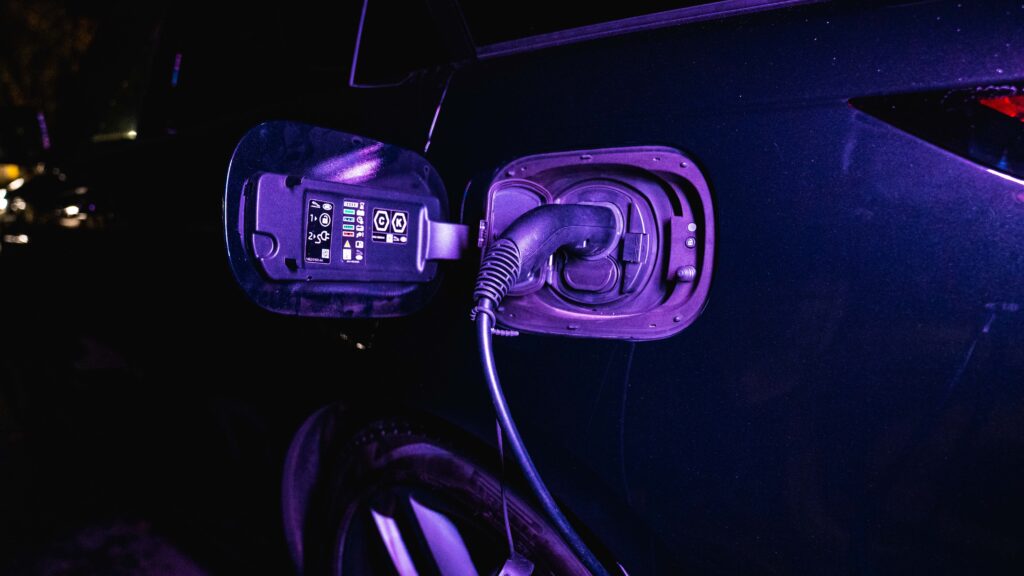
If you’re looking for a stylish, capable SUV that is perfect for urban commute and long trips, then you should check out the Range Rover Sport. This SUV is perfect for anyone who wants a high-quality, stylish car that can handle a road trip, shopping trip or the toughest off-road rutts.
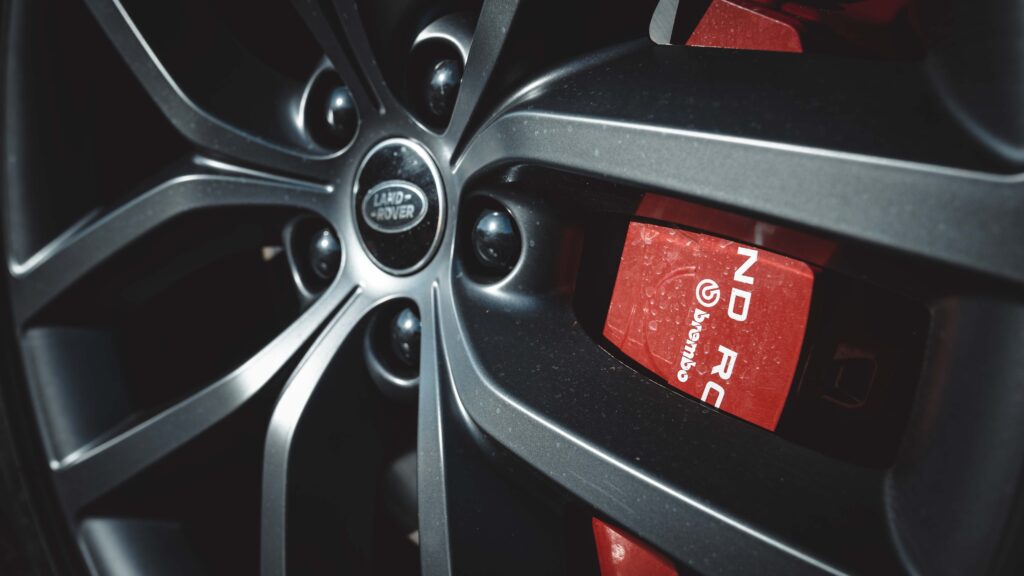
In this Range Rover Sport review, we’ll take a look at all of the specs and features of what is an extremely capable and stylish sporty SUV. If you’re looking for a car that is both elegant and practical, then the Range Rover Sport is definitely worth a look.
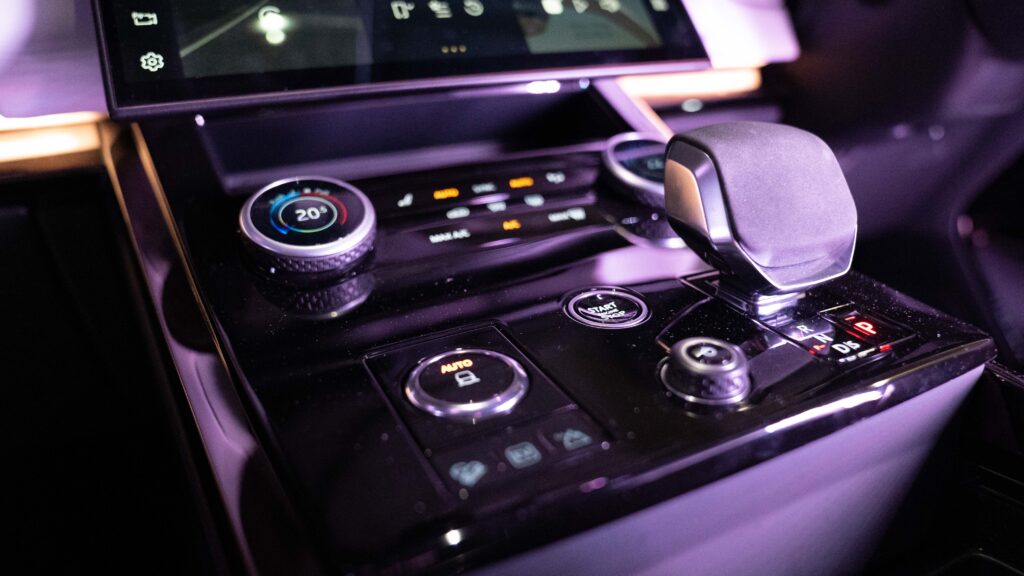
This plug-in hybrid has a 3.0-litre six-cylinder petrol engine and a great big 31.8kWh battery for around 84 kms of electric motoring. The Sport’s body sits 281mm off the ground at its highest setting. There are high approach and departure angles which helps on steep terrain, it can also wade through water up to 900mm deep. All versions are all-wheel drive and coupled with a low-ratio gearbox this makes it an incredibly capable off-roader. When you do take it back on-road, there is a little noticeable wind noise around the door mirrors and front pillars. Any external noise is thwarted with the optional active noise-cancelling feature. As part of the upgraded sound system, it places microphones in the wheels which monitor the outside noise and uses speakers in the headrests to phase cancel the offending noise. The Range Rover Sport provides more-than-adequate performance, it’s got a muscular rumble when you need to put your foot down and takes just 5.8 seconds to get from 0-100 km/h, not bad for a luxury car weighing 2,385 kg.
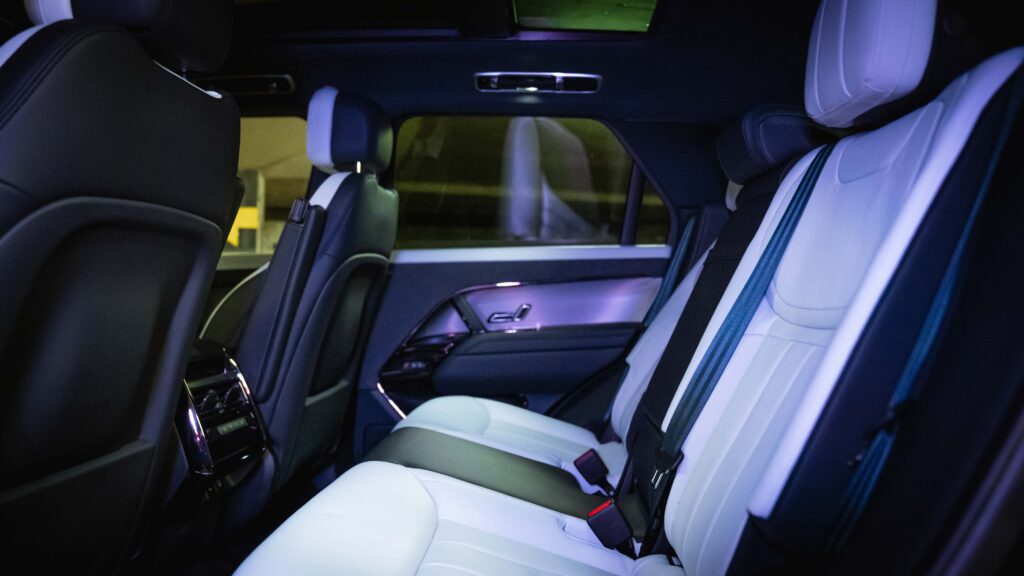
The cabin is a mix of luxurious materials, textures and the driving position nicely balances a commanding view while entrenched in a world of isolation. The air suspension delivers a beautiful balance between control and comfort, floating over the roughest of tarmac, even when fully loaded. Only really big lumps in the road will get any reaction from the suspension, but never throws it off its game. To further enhance agility, All-Wheel Steering provides rear-wheel steering of up to 7.3 degrees out of phase with the front wheels. This works just as well in a car park as it does on the muddiest of ruts.
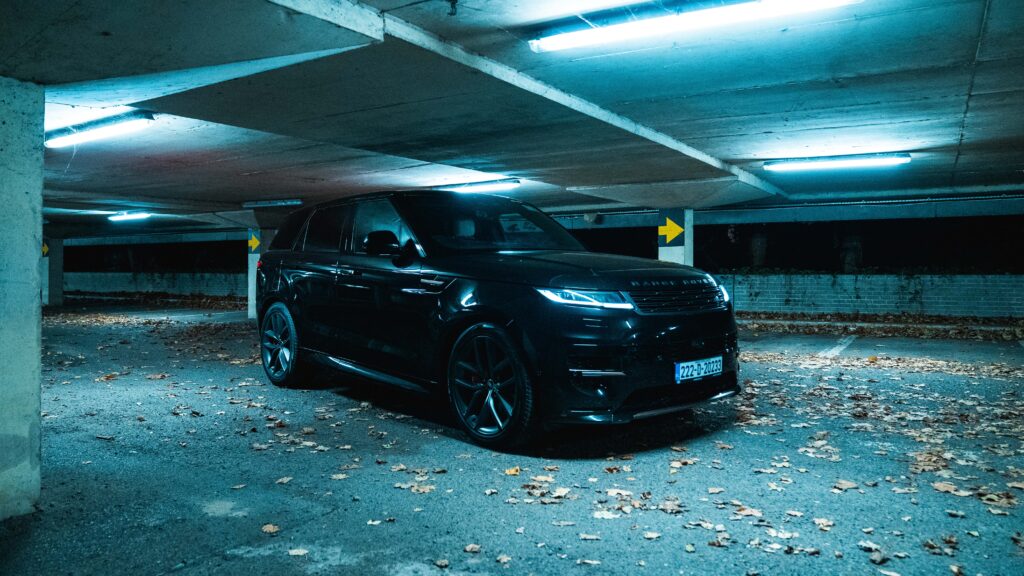
The 13.7” digital driver display is crisp with clear graphics and plenty of user friendly customisation to choose from. The air-conditioning controls are gorgeous rotary dials followed by slightly fiddly touch-sensitive shortcut buttons on the steering wheel. Even with the Sport’s high driving position with excellent visibility, you can get a 360-degree surround camera along with all-round parking sensors. There’s also the rear-view mirror option which flicks to a screen showing the camera view from the rear of the car, so even if the boot is stuffed to the roof with luggage you’ll still have a clear view out the back.
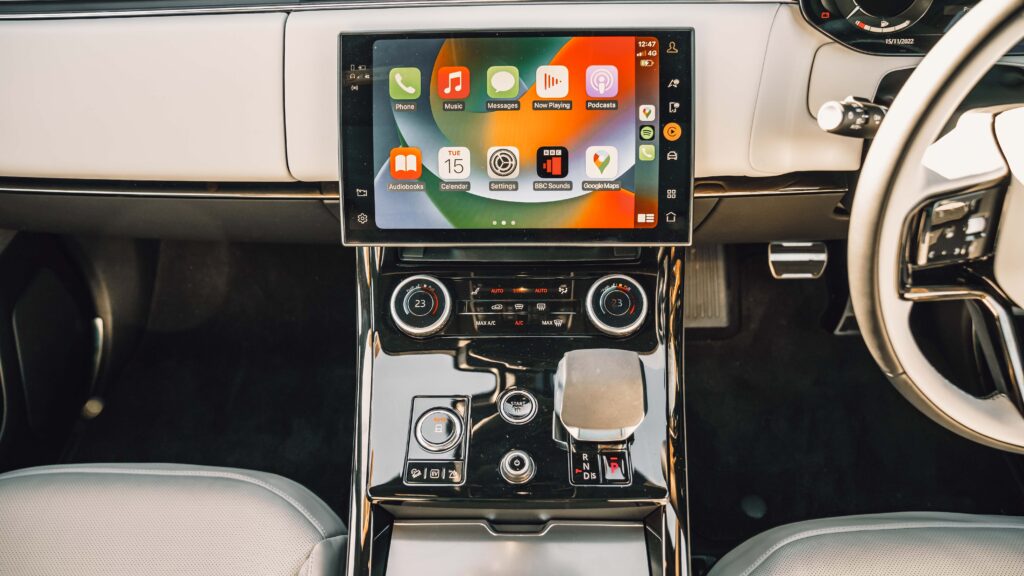
The infotainment comes ready for Amazon Alexa and wireless Android Auto and Apple CarPlay but it’s always handy to have an on-board Sat Nav if you regularly go off-piste where mobile phone signal may not be readily available. Other kit fitted as standard includes an online data link-up for connected services and over-the-air update capability, adaptive cruise control, safety and driver-assistance technology, plus wireless phone charging. Unfortunately as good as wireless phone charging may be as an idea, in reality most manufacturers have yet to get it right. It usually over heats or disconnects if not in place precisely.
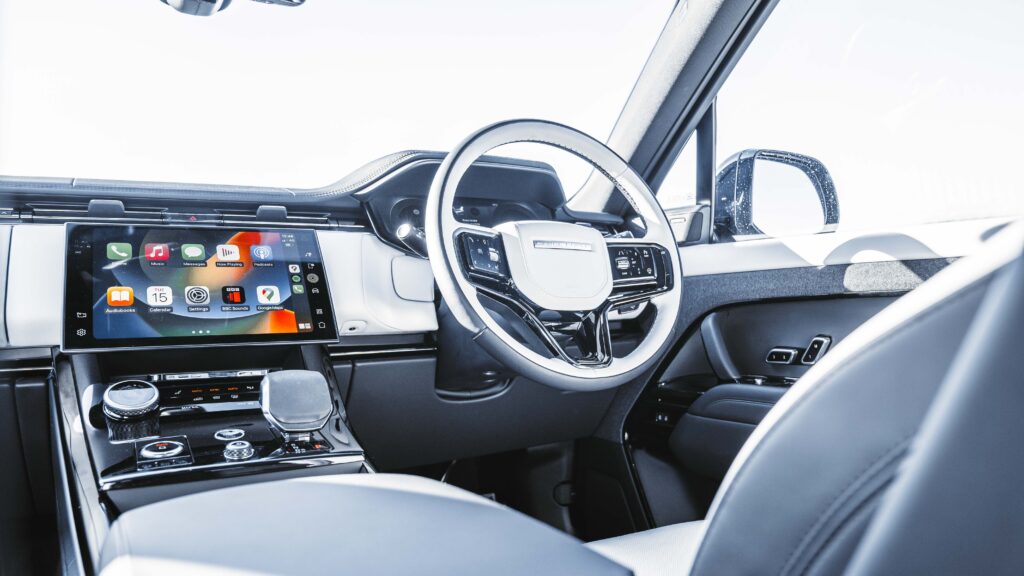
The attention to detail is immediately obvious from the stitching on the leather upholstery to the numerous chrome inlays, the cabin is an incredible space. Comfort is high on the Sport’s agenda and the seats soak up miles of roads, leaving you feeling just as good as when you set off. The distance between the front and rear wheels is greater than the previous-generation Range Rover Sport but only slightly smaller than the Range Rover.
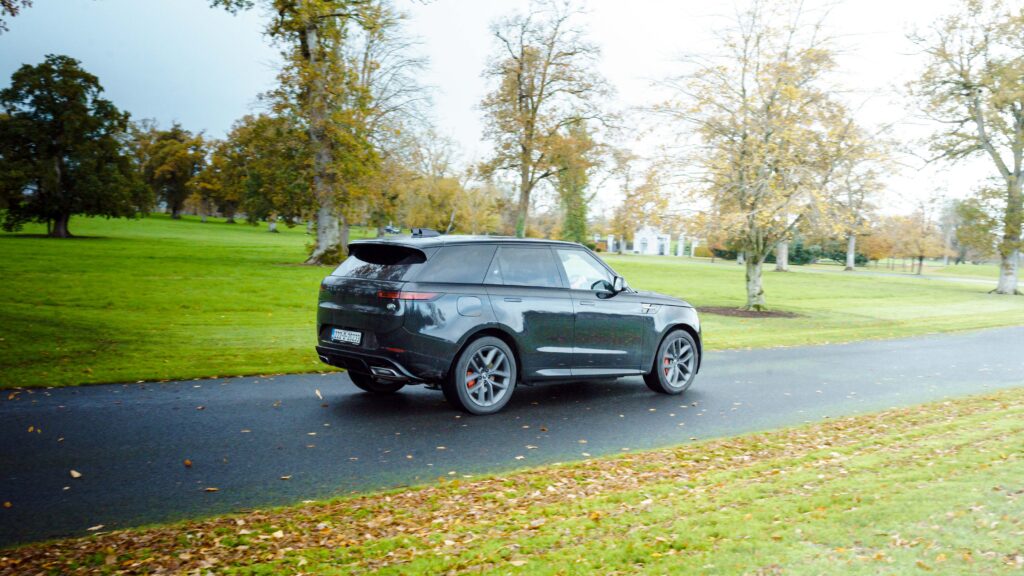
Front passengers get 20-way electric seat adjustment including height and lumbar controls. Heated front and rear seats are standard, and a cooling function is available as an option, not something we would have encountered much here until the recent heat waves. The reduced height of the car and a sloping roofline mean rear headroom is reduced but rear legroom is as generous as it is in the bigger Range Rover. The middle row splits and folds in a handy 40/20/40 configuration and for added passenger comfort, the seats also recline at an adjustable angle.
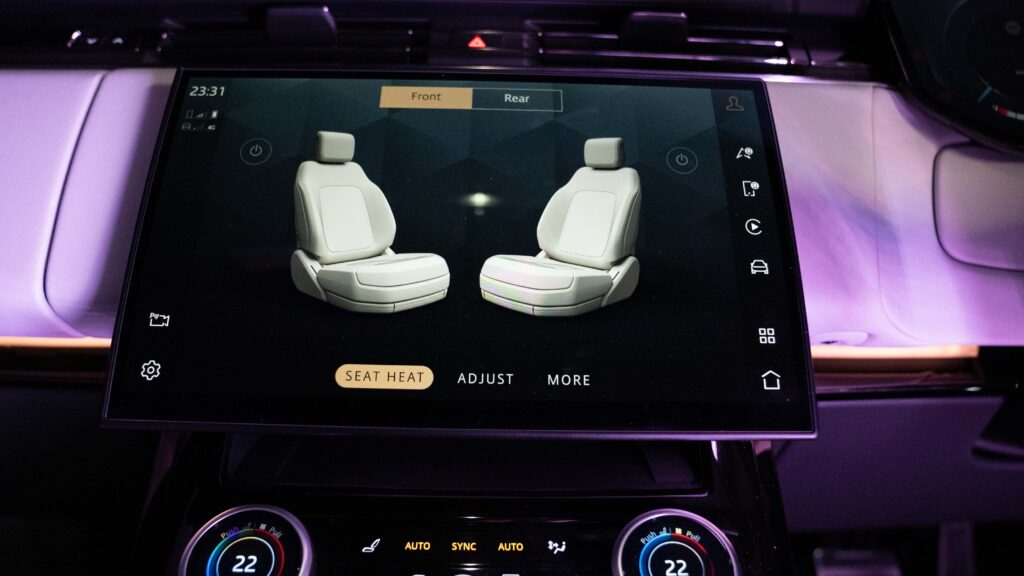
The plug-in hybrid (PHEV) model doesn’t lose out on boot space and at 647 litres there’s plenty of it. Loading awkward objects is made easier via the air suspension adjustment. The rear seats also fold neatly up and down using buttons in the boot.
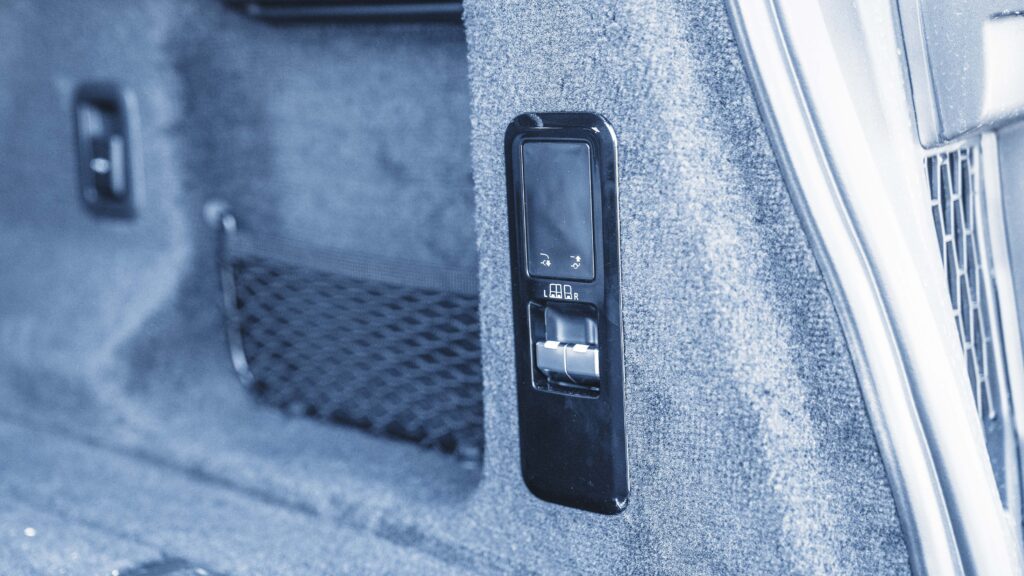
The Range Rover Sport offers a lot of what you get in the more expensive Range Rover, with slightly better driving dynamics and a little less space. Some rivals may be sharper to drive but their heritage is based on the racetrack, where Range Rovers grew up on a rutted track, still impressive.
